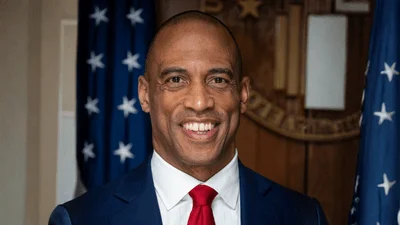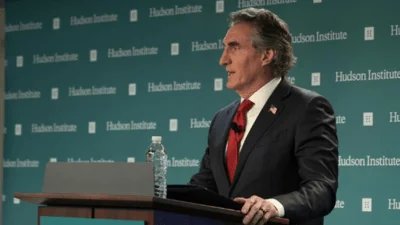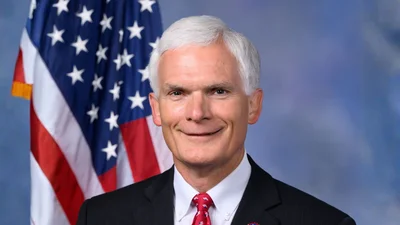U.S. Customs and Border Protection (CBP) has entered into a formal partnership with the Alliance for Gray Market and Counterfeit Abatement (AGMA) to improve intellectual property rights inspections at ports of entry across the country. The agreement, part of CBP’s Donations Acceptance Program, will see AGMA provide “OneDevice” smartphones to CBP officers at no cost to the government.
The donated devices are intended to help officers efficiently and accurately authenticate products from AGMA member companies as they enter the United States. Alongside the smartphones, AGMA is also supplying data plans, licenses, training materials, and customer support.
AGMA is a nonprofit group formed in 2001 by major technology companies, distributors, and service providers. The alliance focuses on protecting intellectual property rights as a key aspect of innovation and economic growth.
“This partnership with AGMA exemplifies CBP’s commitment to leveraging innovative technology and collaborative efforts to protect American consumers and businesses from counterfeit goods,” said Acting Executive Assistant Commissioner, Office of Field Operations Diane J. Sabatino. “By equipping our officers with advanced tools and resources, we are enhancing our ability to ensure the authenticity of products entering the United States while safeguarding the integrity of our supply chains and protecting the innovation economy.”
Sally Nguyen, president of AGMA, commented on the collaboration: “As a coalition of the world’s leading technology companies, AGMA is committed to protecting consumers and safeguarding global commerce. We are proud to partner with CBP through this program and to provide technology that supports officers in their critical mission to identify counterfeit goods before they enter the United States.”
CBP noted that public-private partnerships such as this one are an important part of its Resource Optimization Strategy. These collaborations enable CBP to expand services and infrastructure at domestic ports of entry.
For more information about CBP’s Donations Acceptance Program or related initiatives, visit www.CBP.gov/DAP.





